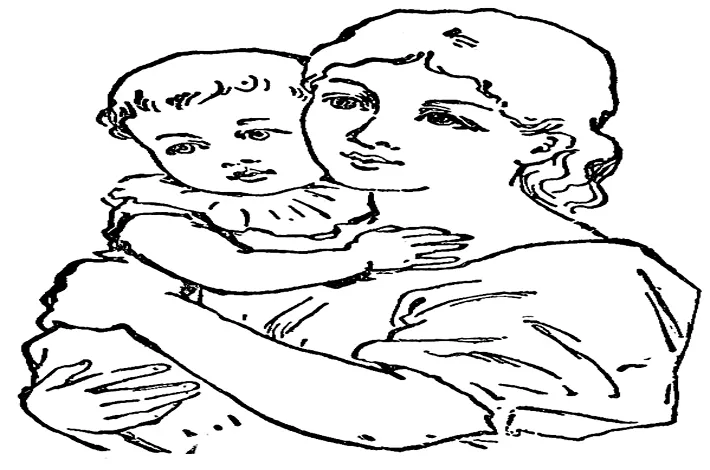Girls preferred for adoption
12-04-2025 12:00:00 AM

Since 2014, a total of 230 adoptions have been registered in Krishna district-of which 158 are girls Over the last decade, 8–9 single women have adopted children
Adoption easier said than done
■ Time consuming
■ Heavy paperwork
■ To register online and receive an ID card takes almost a year
■ Currently, 90 applications are pending in Krishna district
KIRANMAI TUTIKA | AMARAVATI
In a striking trend that reflects both societal progress and systemic challenges, Krishna district continues to lead in child adoptions across Andhra Pradesh, with a remarkable tilt toward the adoption of girl children. Since 2014, a total of 230 adoptions have been registered in the district—of which 158 are girls and only 73 are boys, according to the Child Protection Cell. Additionally, four inter-country adoptions and three involving children with special needs were recorded during this period.
Despite topping the state in adoption numbers, the district lags in implementing foster care mechanisms—a gap experts say needs urgent attention. Officials attribute the higher number of girls being adopted to two major factors: availability and parental preference. “More girls are abandoned than boys in our country, unfortunately. But on the positive side, adoptive parents are increasingly choosing girls,” said Lakshmi, Project Director of Child Adoption, Krishna district.
Children abandoned by their biological parents are initially placed in two government-run Sishu Gruhas (child care centers) located in Buddhavaram and Machilipatnam, the latter operational since 2013. From these centers, children are legally adopted following a stringent vetting process. “Girls are perceived as more adaptable and affectionate, making it easier for them to bond with adoptive families. The adoption process for them is also often smoother and faster,” Lakshmi added.
Interestingly, over the last decade, 8–9 single women have adopted children, mostly girls demonstrating changing social dynamics. Despite the heartening rise in girl adoptions, the overall number of adoptions in the district has declined in recent years. From 33 in 2020, the figures dropped to 9 in 2024. Notably, the Machilipatnam Sishu Gruha did not facilitate a single adoption in 2021.
Officials blame this slowdown on the time-consuming and paperwork-heavy process mandated by the Central Adoption Resource Authority (CARA). Prospective parents must first register online and upload extensive documentation—ranging from medical reports to income and address proofs—within 20 days. Following a home visit and a payment of Rs.6,000 to the project director, applicants are finally given an ID to choose from a list of five children. The entire process often takes over a year, sometimes even longer. Currently, over 90 applications for adoption are pending in the district.
“Though interest in adoption has grown, the long waiting period is discouraging many families,” said Johnson, a Child Protection Department officer. “As a result, the number of completed adoptions is decreasing, even though awareness and demand are higher than before.”
To focus on streamlining adoptions, officials say foster care programs have been temporarily sidelined. “Only the Child Welfare Committee is currently overseeing foster care. We’ve put most efforts into regulating and expediting adoptions,” said Johnson.
For some like Vijaya (name changed), a single mother who applied to adopt a child back in 2023, the journey has been emotionally draining. “It’s been years, and I haven’t even crossed the halfway mark in the process. I just want to give a child a home,” she said, now hoping at least foster care could offer a temporary solution.
While Krishna district may have set a progressive example in preferring girl children for adoption, the challenges in execution and policy lag in foster care indicate a system in need of reform. With growing awareness and increasing demand, experts say it is time the adoption process is made more efficient and inclusive.








